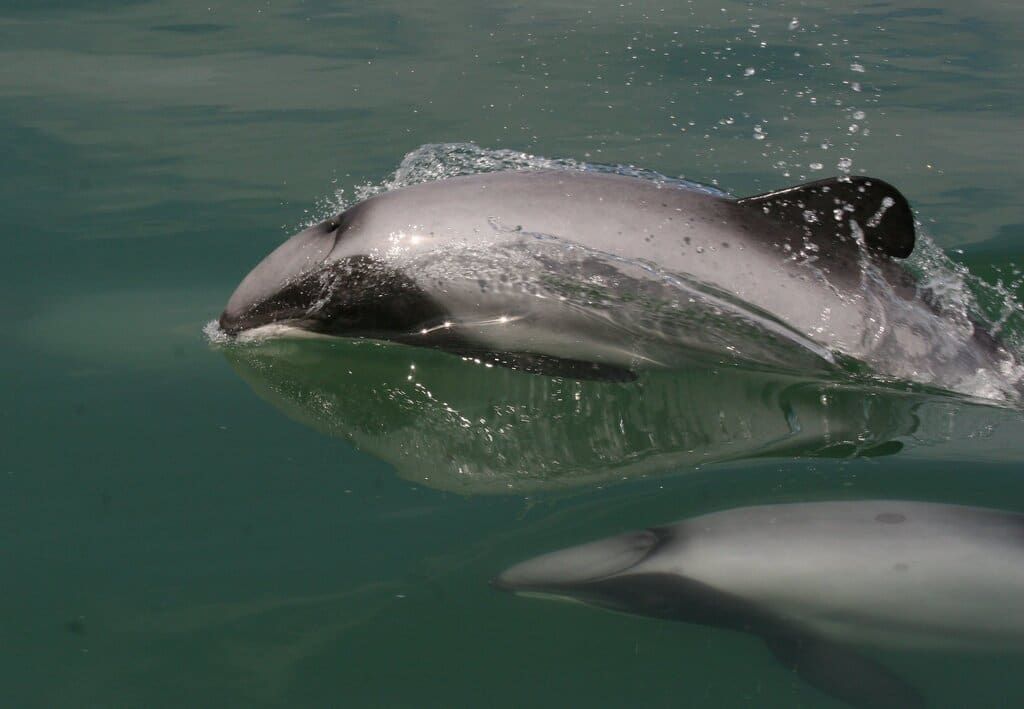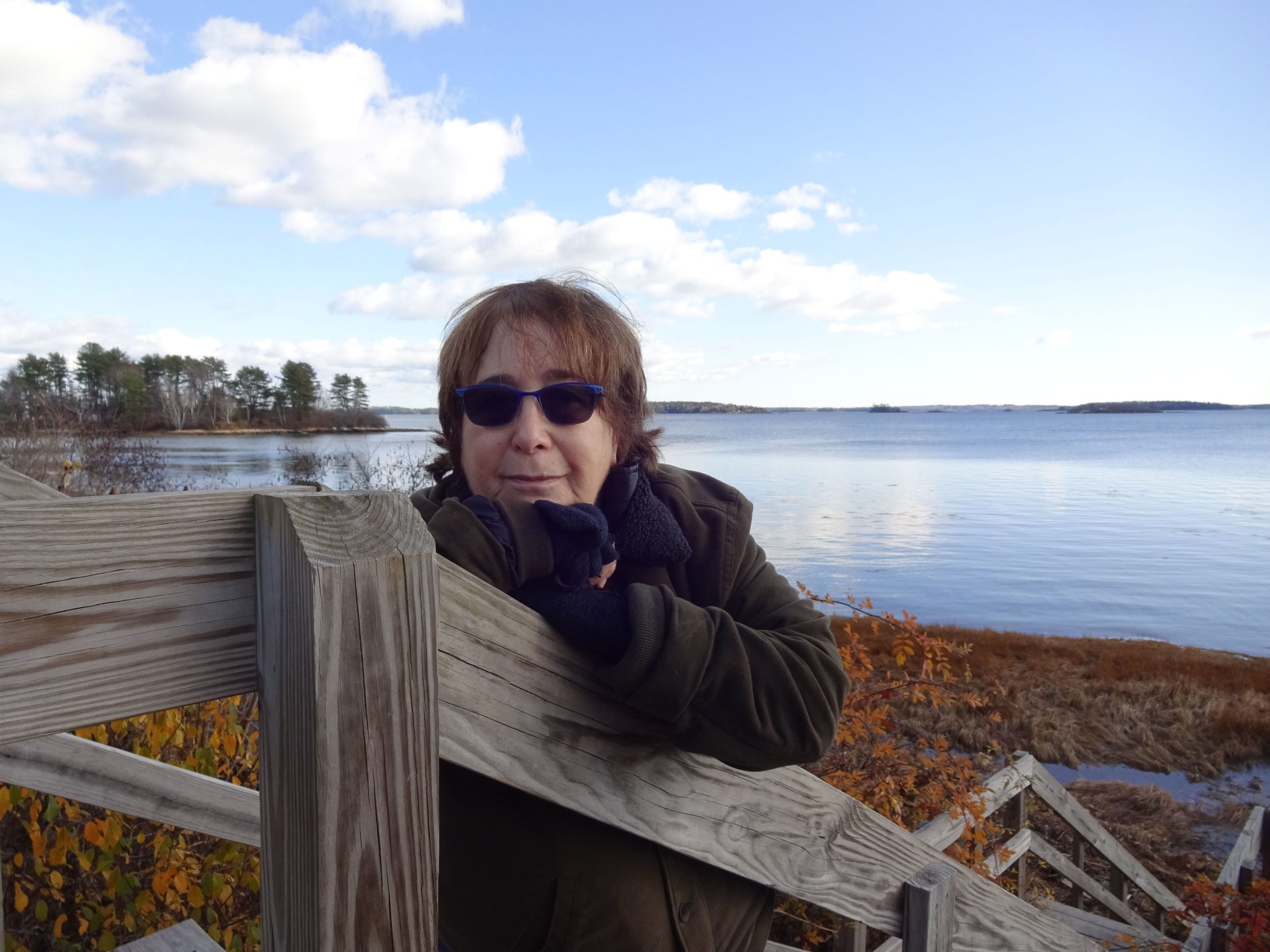A lack of political will is likely to sentence one of the smallest and rarest of the world’s dolphins to extinction. With about 50 individuals left, a serious recovery plan must be implemented if New Zealand is to save its endemic Maui dolphin.
—
Off the coast of New Zealand’s North Island is a unique little dolphin. At roughly 4-5.5 feet in length, the popoto or Maui dolphin is one of the world’s smallest dolphin. Popoto is the Māori – the indigenous people of mainland New Zealand – word for dolphin. The rounded black fin on the Maui dolphin’s back is unique among dolphins. Precious little is known about the Māui dolphin but it is clear that its population of roughly 50 individuals is likely on the verge of extinction.
The Maui dolphin is listed on the International Union for the Conservation of Nature’s Red List (IUCN) of Critically Endangered Species. This designation is based on the dolphins’ extremely small population, their slow reproductive rate, and the number of mortality factors the dolphins encounter in their extremely restricted range off the west coast of New Zealand’s North Island. Slightly more than 100 pounds, the marine mammals are typically found within 330 feet of shore, a zone where they are highly likely to encounter and be affected by human activity. It’s been estimated that the dolphins occupy only about 19 miles of the New Zealand coast.
One might think that the dolphins’ tendency to live in shallow coastal waters as well as their unique appearance and exclusiveness to New Zealand would make them highly visible to New Zealanders and a celebrated cause. However, they have not received sufficient public attention to assure their survival.
Noemi Knight, an American living abroad, had paddled among them when she was a youngster. She hadn’t thought about that experience again until her son discovered a photograph dating back to the 1980s. Knight took to the internet to learn more about the marine animal and that’s when she discovered the news of their tenuous existence.
“Honestly, it shocked me, because they were so interesting and so unique that I was surprised that they hadn’t been more protected,” said Knight. New Zealand does have protections in place, but they still have a lot of issues. The fishing industry conflicts with tourism, which clashes with the protection of these dolphins, because the areas in which they live in, there’s heavy fishing, there’s heavy tourism, and that leaves the conflicts with the dolphin.”
Knight, who is an elementary school teacher, decided to write a children’s book to spread the word about the dolphins. She hopes Popoto, the Māui Dolphin will generate significant interest to produce a concerted effort to help save the little dolphin. According to Elisabeth Slooten and Stephen M. Dawson in an article published in Frontiers in Marine Science in March 2021, what is needed to save the dolphins is “effective conservation action”, which is something the authors say “can be difficult to achieve and often comes down to political will.” Clearly, as the current Māui dolphin population size demonstrates “a sustainable solution has not been reached.”
Strong measures are needed to reduce the threat of entanglement with fishing gear posed by both commercial and recreational net setting. Speed zones also need to be enacted and enforced to reduce or eliminate death due to boat strikes. Furthermore, a halt to underwater mining and construction within the dolphin’s range is required. The problems of marine litter and other forms of pollution, however, are more difficult to control. A concerted educational effort needs to be launched to help reduce plastic waste. Efforts also are needed to control feral cat numbers and the disposal of pet waste, in particular, cat litter. Cats are known vectors for the disease toxoplasmosis. Toxoplasmosis has been found in the waters off the New Zealand coast and has been implicated in dolphin deaths. These mortality factors are compounded by climate change.
Slooten and Dawson estimate there is a 68% probability of continued population decline of about 2% annually. Management strategies applied thus far have not achieved Māui dolphin recovery. There needs to be a concerted effort with enforced mandates to achieve effective recovery: restoring the Māui dolphin to a “non-threatened” status. As the popoto is unique to New Zealand, it is up to that country to prevent the little dolphin’s extinction. The window however, to prevent this is rapidly closing and very soon, the Māui dolphin may be found only in the pages of a book.
Sadly, the dubious honour of the title of world’s most endangered and tiniest marine mammal belongs to another dolphin, the vaquita. It is found in a small northerly section of the Gulf of California. Its survival is far more tenuous than the Māui dolphin as there are only about 10 individuals left in existence. A recent article in The Guardian noted that the population has dwindled by a devastating 99% over the last decade. Like the Maui dolphin, there doesn’t appear to be sufficient political will by the government of Mexico to address the dangers that threaten the vaquita, chief among them being gill nets used by totoaba poachers and local fishers.
Featured image: Photo courtesy of the New Zealand Department of Conservation


















